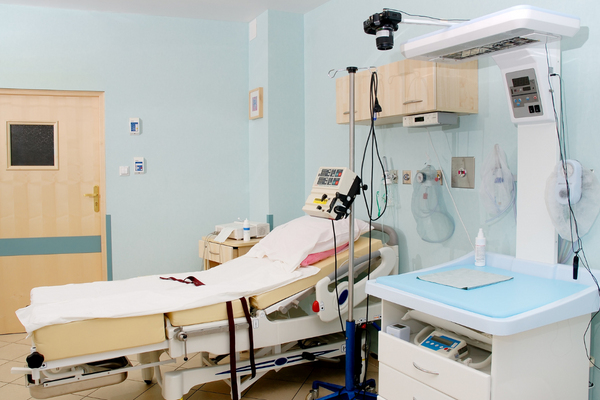U of T engineering professor investigates maternal health disparities experienced by racialized patients in U.S. clinical systems


The United States is the world’s most expensive country to give birth. Yet, its maternal mortality rate was the highest compared to other wealthy nations, with 23.8 deaths per 100,000 births in 2020.
Myrtede Alfred, an assistant professor in the department of mechanical and industrial engineering at the University of Toronto, has dedicated her career to integrating equity in patient safety efforts in maternal care.
Now, she is conducting new research to further understand the disproportionate rates of racial and ethnic maternal health disparities in the U.S.
“In the U.S., maternal health disparities have been recorded for more than 80 years. We know that a lot of maternal deaths are preventable. This suggests that there are issues within the clinical system,” Alfred says.
“How we deliver care contributes to these outcomes and the disparities in these outcomes.”
Alfred’s current research starts with a year-long study examining maternal health disparities in one large health system in South Carolina. With sights on expanding to other health systems, the goal of the project is to identify systems issues that contribute to adverse maternal outcomes and disparities. These findings will support quality improvement and equity efforts and help create safer clinical systems.
Alfred utilizes human factors engineering approaches in her research, which explores the relationship between people and systems. Human factors engineering considers aspects like human behaviour and capabilities to ensure systems run safely. It also considers how system design impacts efficiency, productivity, and equity.
“Part of what we do as human factors practitioners and researchers is investigate systems to understand how certain events or harms impact some populations more than others,” Alfred says.
“We do this through direct observation in clinical environments and by interviewing staff and patients in clinical systems and couple that with what we already know about how clinicians make treatment decisions.”
Incident safety reports disregard race, lack robust data
One of the study’s key findings shows that patient safety incident reports typically do not have fields for race or ethnicity. It also lacks other demographic factors.
To link existing data to race and ethnicity, Alfred and her team input data to a clinical data warehouse – a tool that consolidates data from various clinical sources. Results show that differences in the type of maternal care received – such as the type of anesthesia provided, cesarean rates, fall prevention and diagnostic errors – impact non-Hispanic Black (NHB) populations more so than others.
A recent report from the Centers for Disease Control and Prevention (CDC) notes that in the U.S., 80 per cent of all maternal deaths and severe maternal morbidity are considered preventable, according to data focused on 2017 to 2019. A journal article co-authored by Alfred also notes that NHB and Indigenous mothers are two to three times more likely to die during or after childbirth, compared to non-Hispanic white (NHW) patients.
Alfred says that available existing data in South Carolina focuses on the population level, which means that individual hospitals may not know the extent of disparities at their institution and the data that is available is not granular enough.
Her study will largely focus on disaggregating the data by race and ethnicity to determine where disparities exist.
A team of student researchers in her lab are developing a machine learning algorithm to improve coding of adverse events and utilizing process mining approaches to help identify pathways associated with adverse outcomes. Meanwhile, a research collaborator at University of Texas, San Antonio, with a background in demography, will also conduct geographic information system (GIS) analysis to understand how different outcomes are spread across South Carolina.
As current data about patient safety is also rarely connected with race and ethnicity in Canada, a recent NSERC Discovery Grant will help Alfred conduct an additional research project in Canada.
“Absence of pathology does not mean a positive experience or that damage hasn’t been caused,” Alfred says.
“We first have to redesign systems before we start to make them more resilient, particularly if the systems are currently designed in a way that is performing disproportionately for certain populations.”







